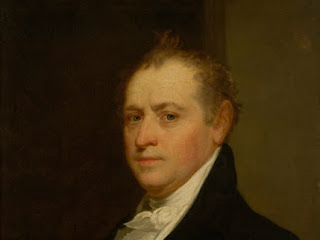[We have the following announcement from the Chinese University of Hong Kong. DRE]
Greater China Legal History Seminar Series: Feeding the Emperor – Administrative Law in Tang Dynasty China by Prof. Norman P. Ho (Online)
The Tang Liu Dian (hereafter, “TLD”), compiled in 738–739 A.D. during the Tang dynasty, is an important administrative law code which lists out in great detail every Tang dynasty government office, as well as various official positions and their functions and obligations. The TLD is of great historical significance—it is regarded as the earliest fully extant administrative law code from China, and it served as a model administrative law code for subsequent dynasties, including the Ming and Qing dynasties. This seminar will examine Tang dynasty administrative law, as set forth in the TLD, through the specific lens of how the emperor was fed and will analyze Tang administrative regulations on feeding the emperor. This seminar will describe the specific agencies and officials who were responsible for feeding the emperor, as well as their specific functions and structures as provided by the TLD. Relevant rules in the Tang Code ?? (i.e., the Tang dynasty penal code) will also be discussed to provide a complete picture of the regulatory apparatus behind the task of feeding the emperor. Ultimately, from this examination of Tang administrative law through the emperor’s food service agencies and offices as set forth in the TLD, this seminar will also set forth some general observations regarding Tang dynasty administrative law and will argue that one of the key roles of administrative law in the Tang was to further enhance and protect the prestige, image, and power of the emperor.
Prof. Norman P. Ho is a Professor of Law at the Peking University School of Transnational Law (STL) in Shenzhen, PRC. His research interests broadly are in legal theory and legal history, and he writes specifically in the areas of premodern Chinese legal history and legal theory, comparative jurisprudence, property theory, and Asian-American jurisprudence. He has served as a visiting professor at the National University of Singapore Faculty of Law and a visiting fellow in the Center for Chinese Law (HKU Faculty of Law). Prior to joining the STL faculty, Norman practiced in the Hong Kong offices of Morrison & Foerster and Slaughter and May, where his practice focused on capital markets and private equity transactions. He received his J.D. degree from NYU School of Law and his undergraduate and graduate degrees in Chinese history from Harvard University.
CPD credits are available upon application and subject to accreditation by the Law Society of Hong Kong (currently pending).
Register here by 5pm, 17 September 2020 to attend the seminar.


